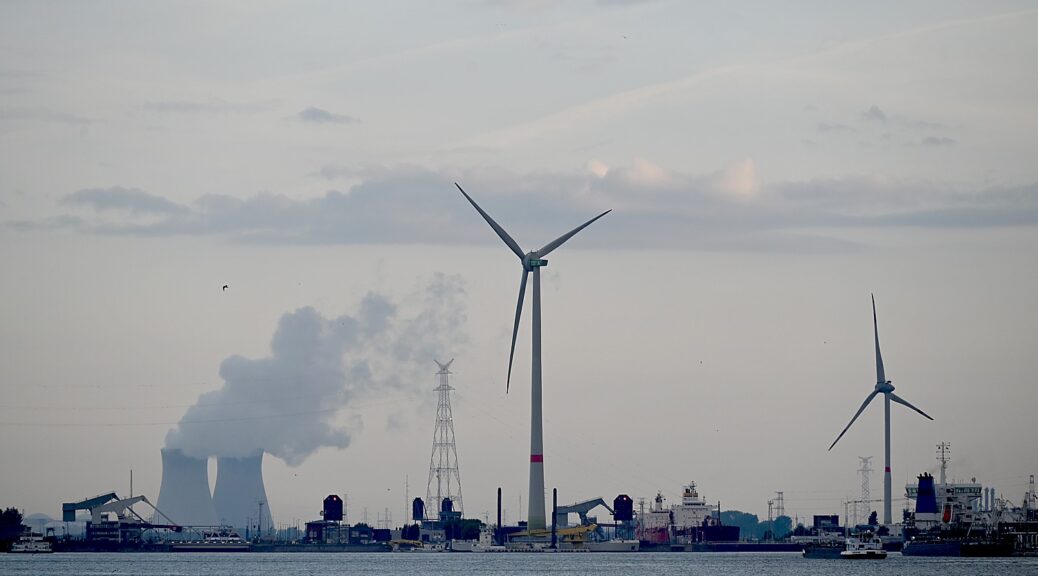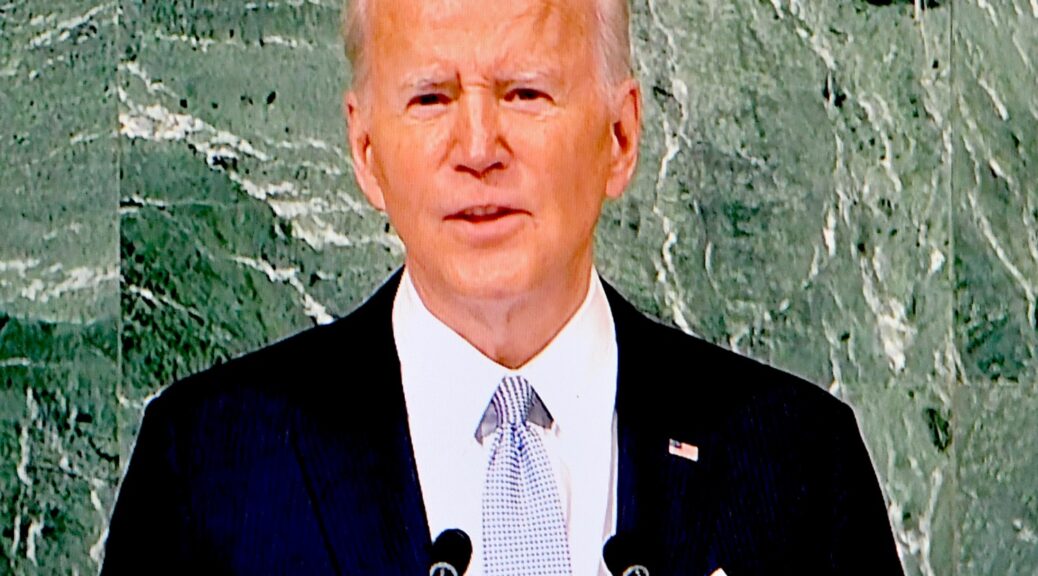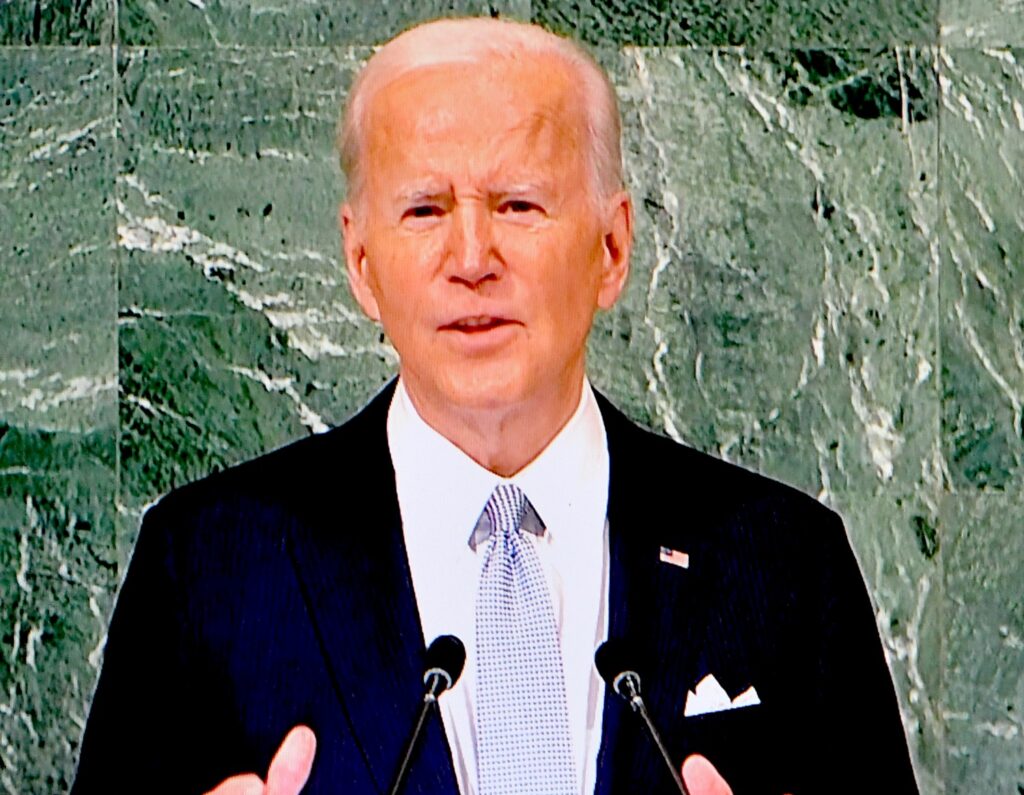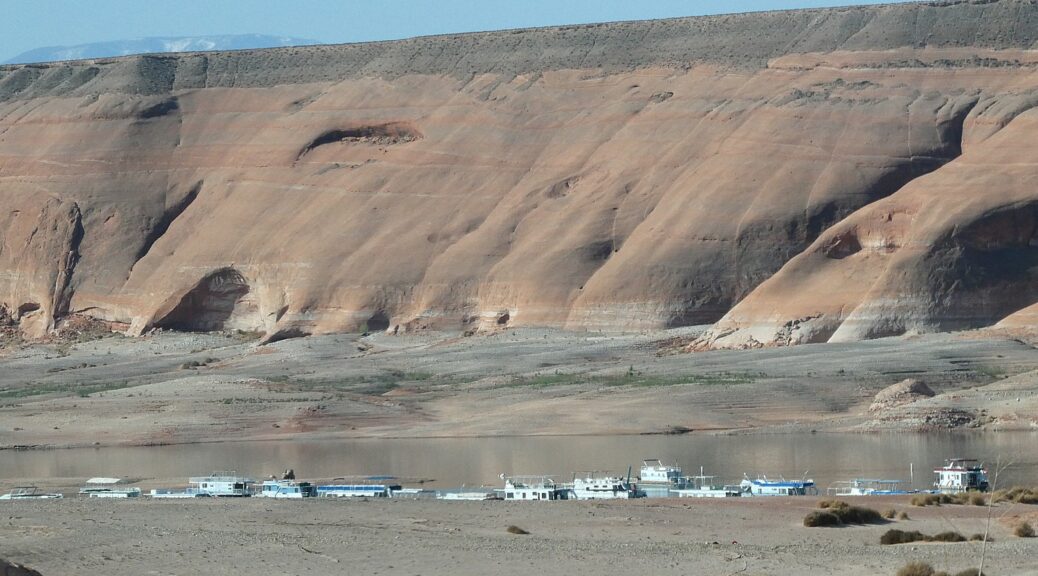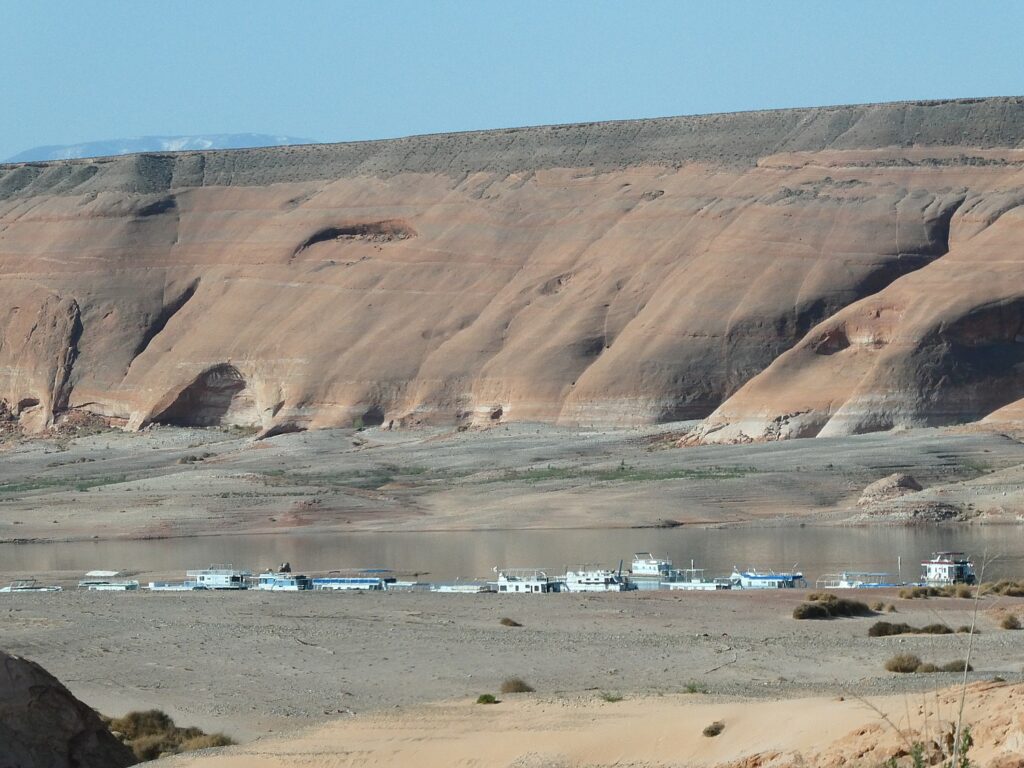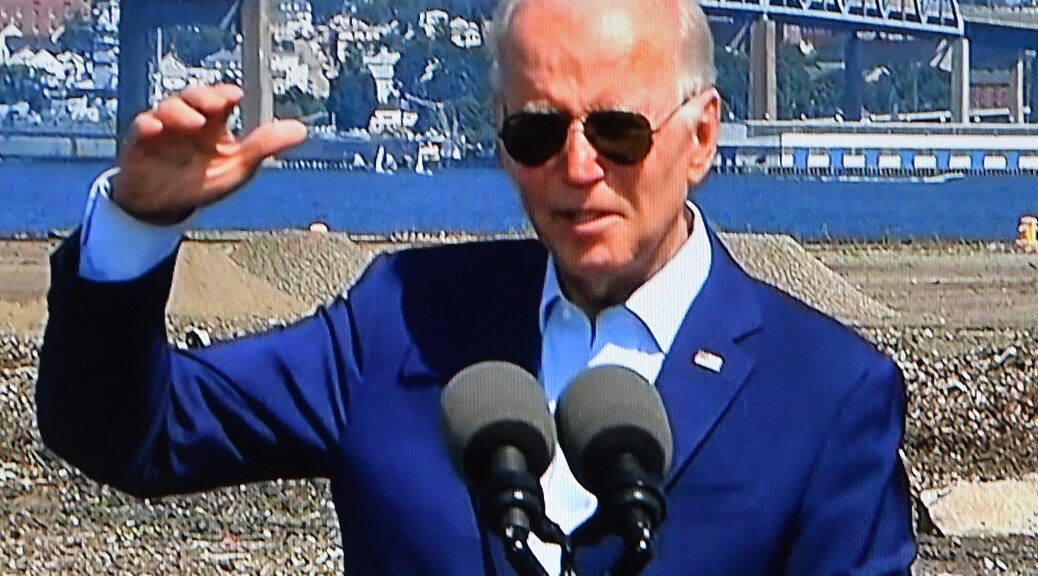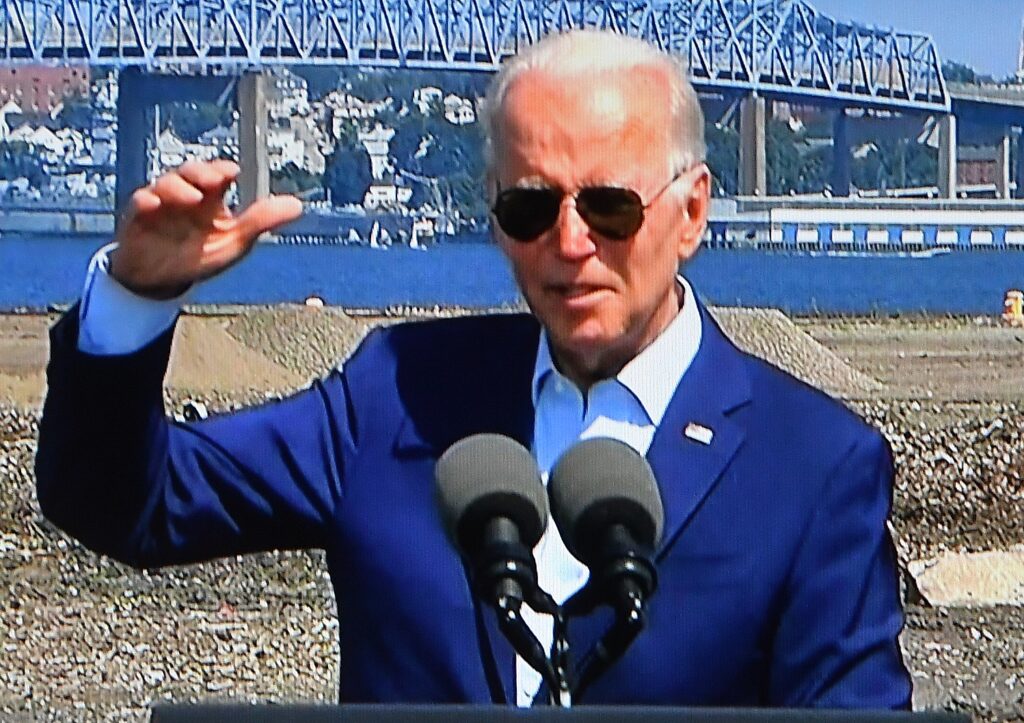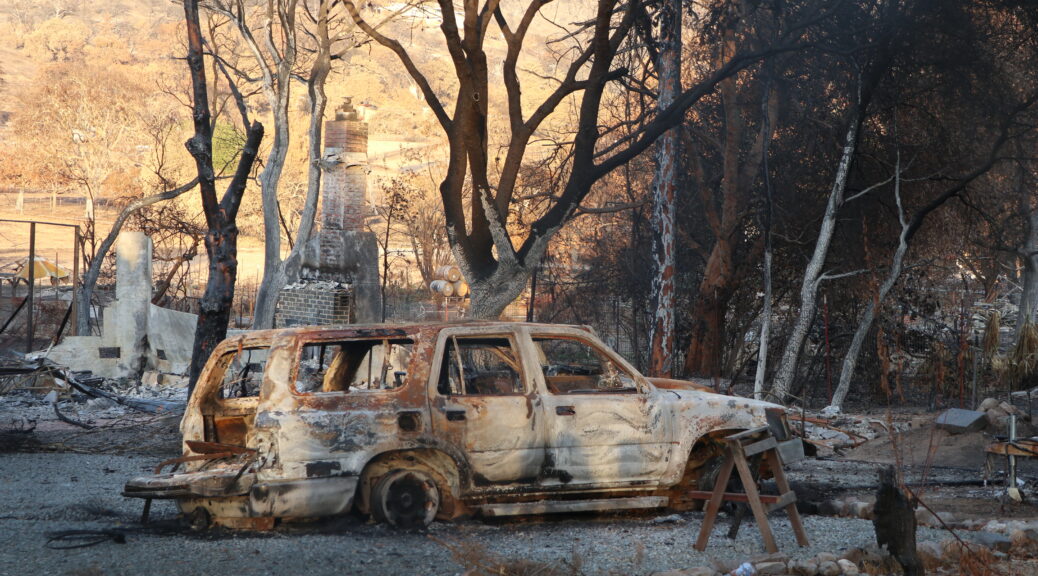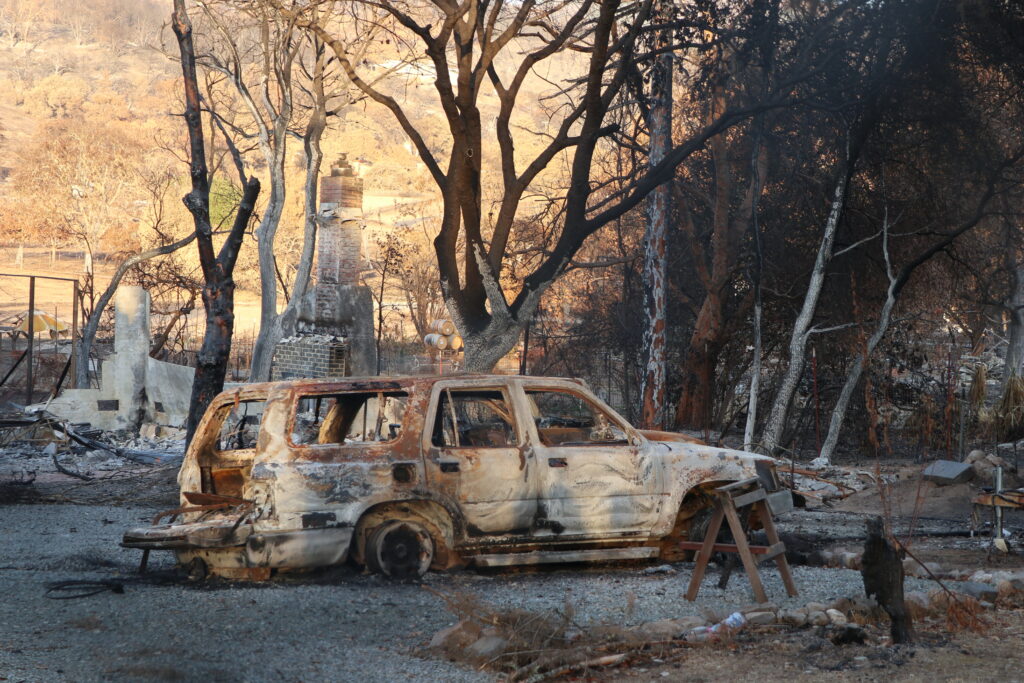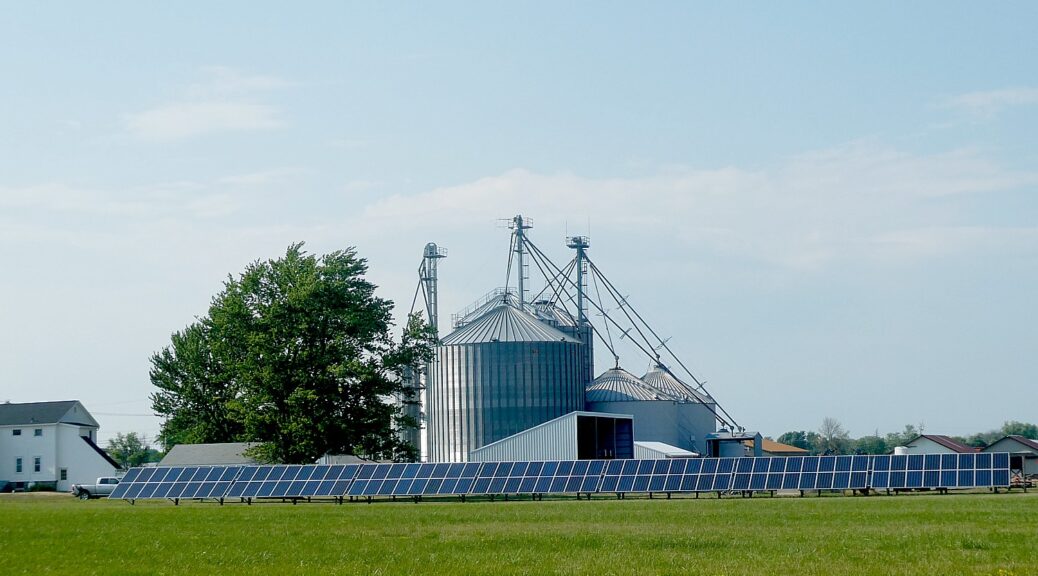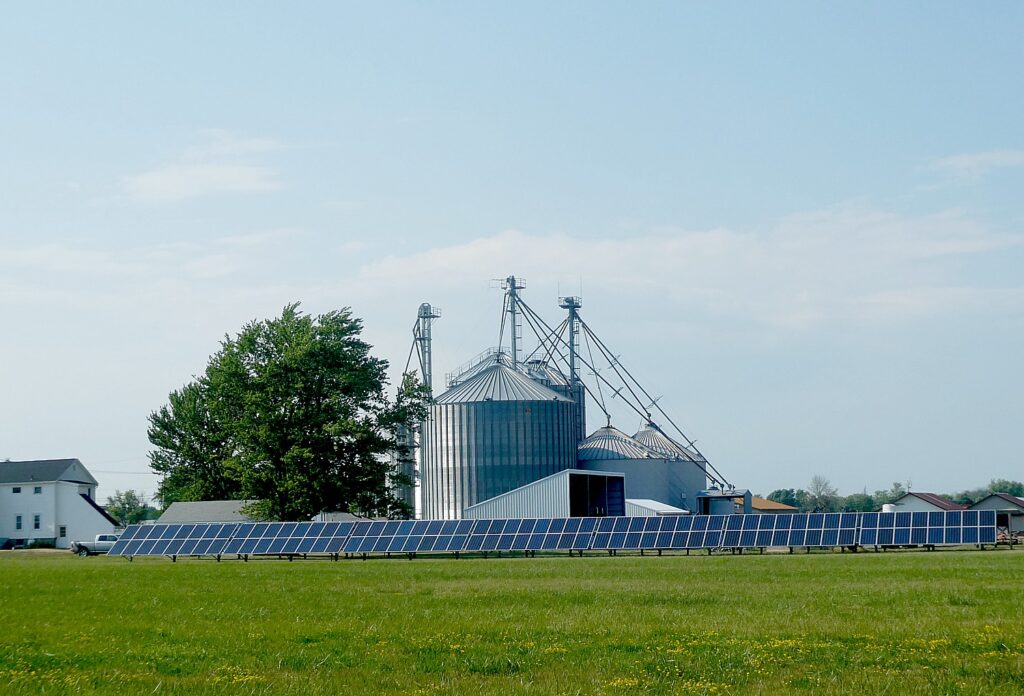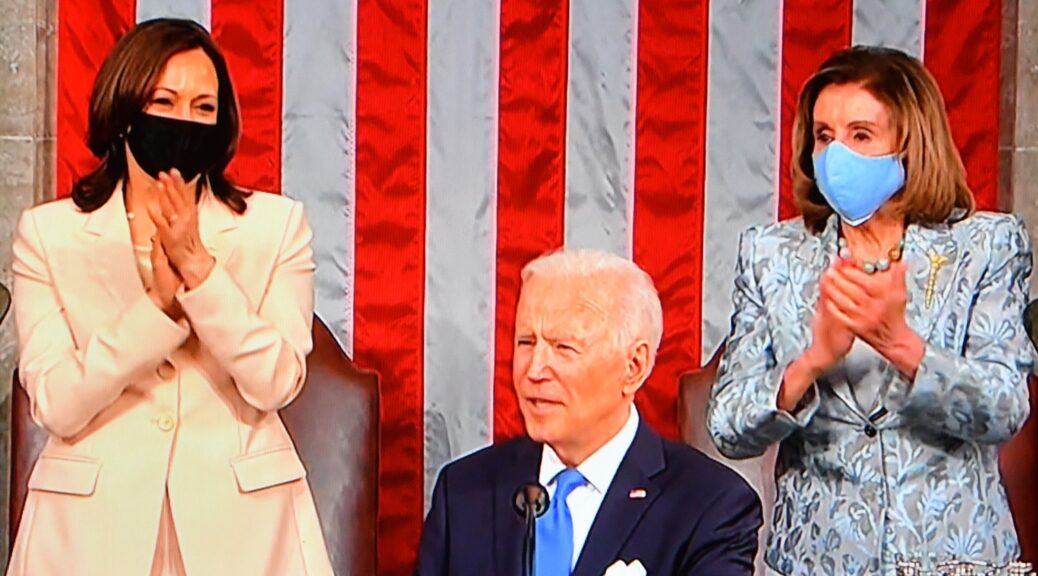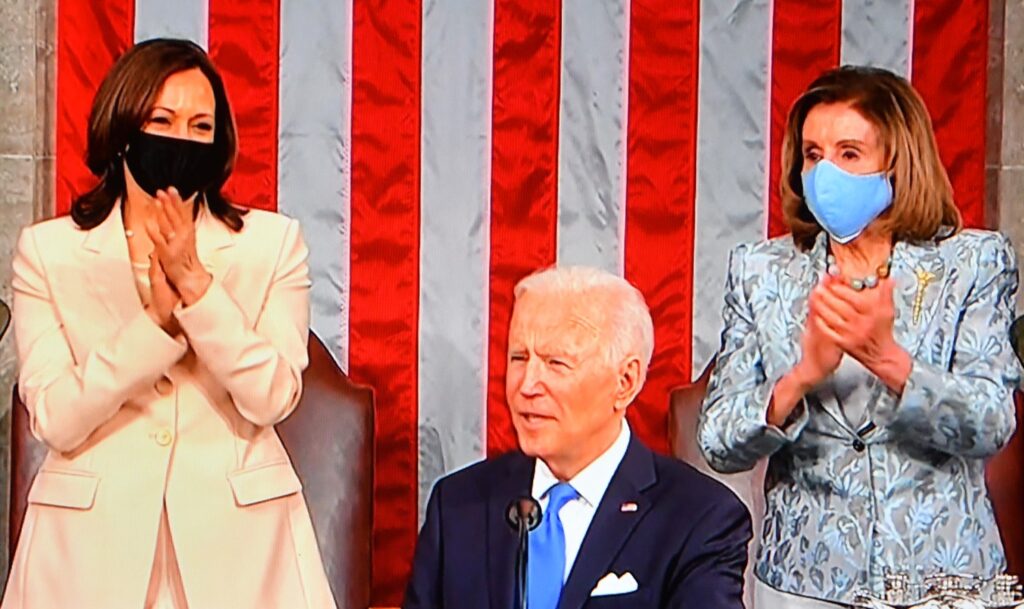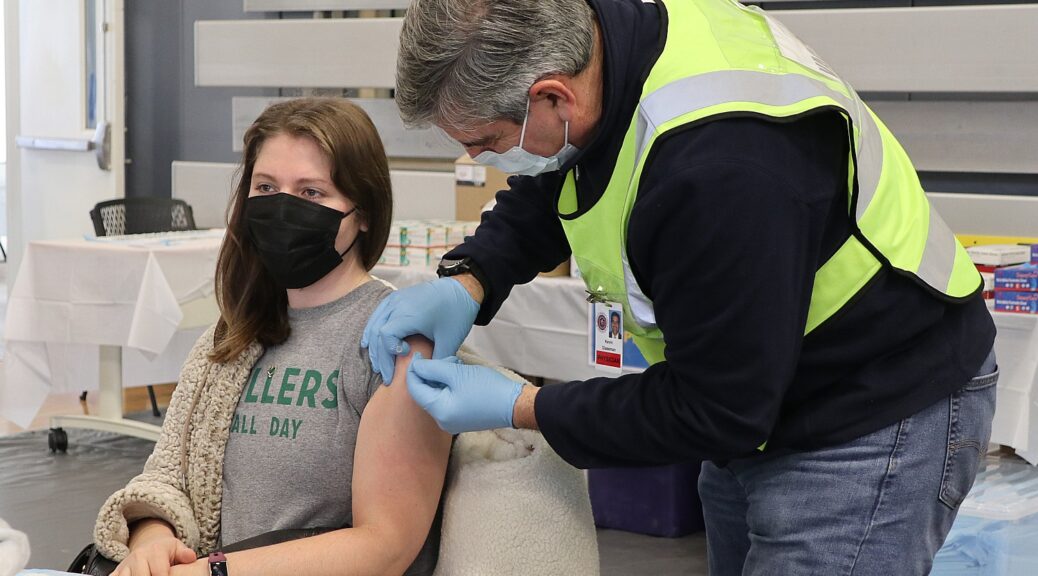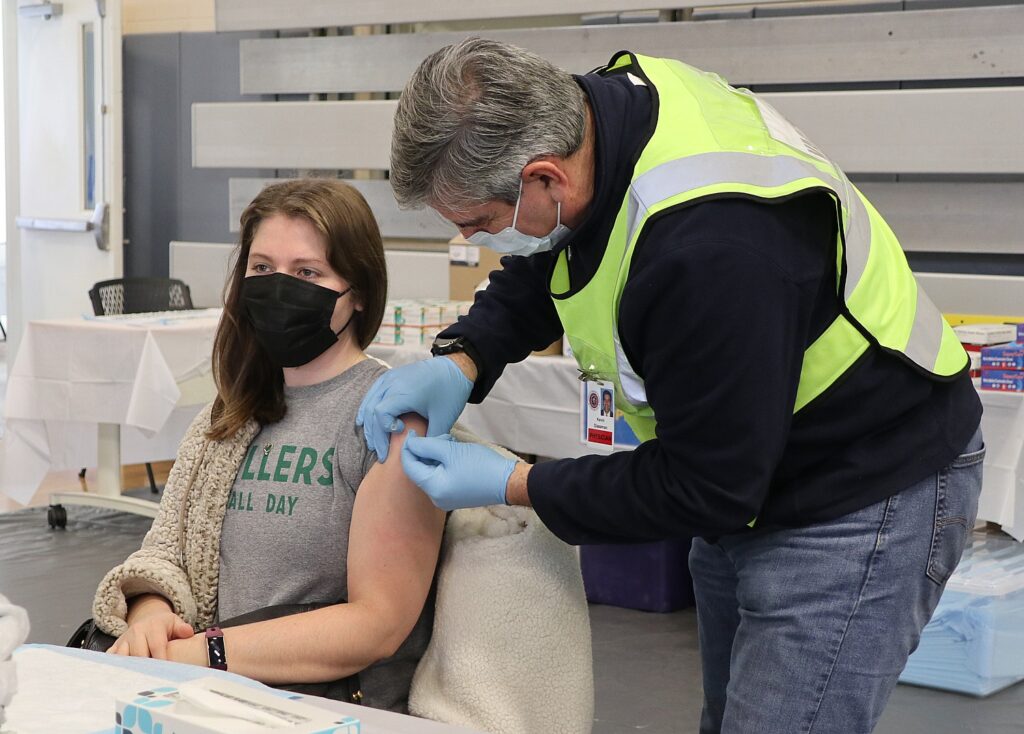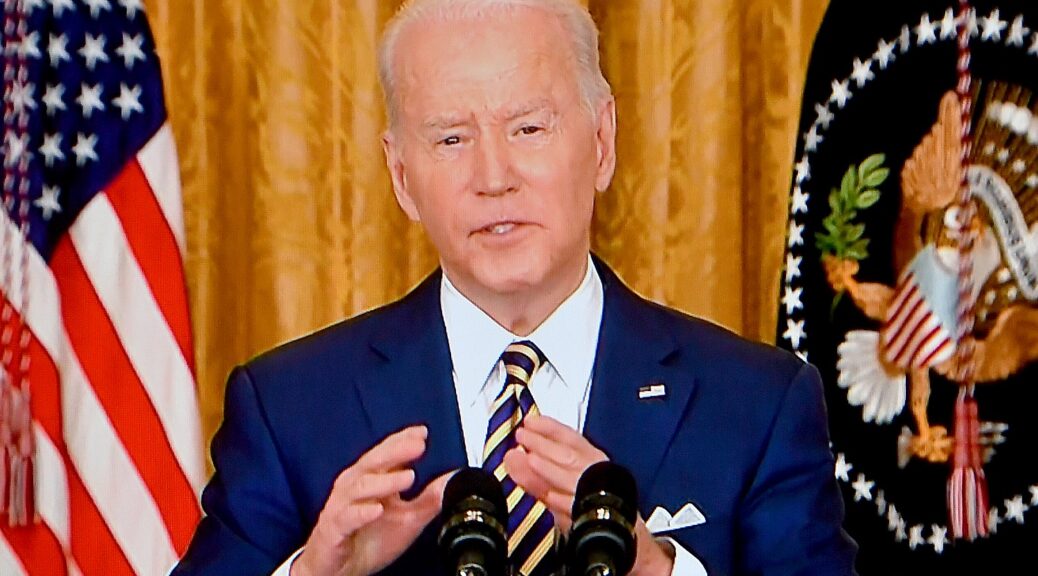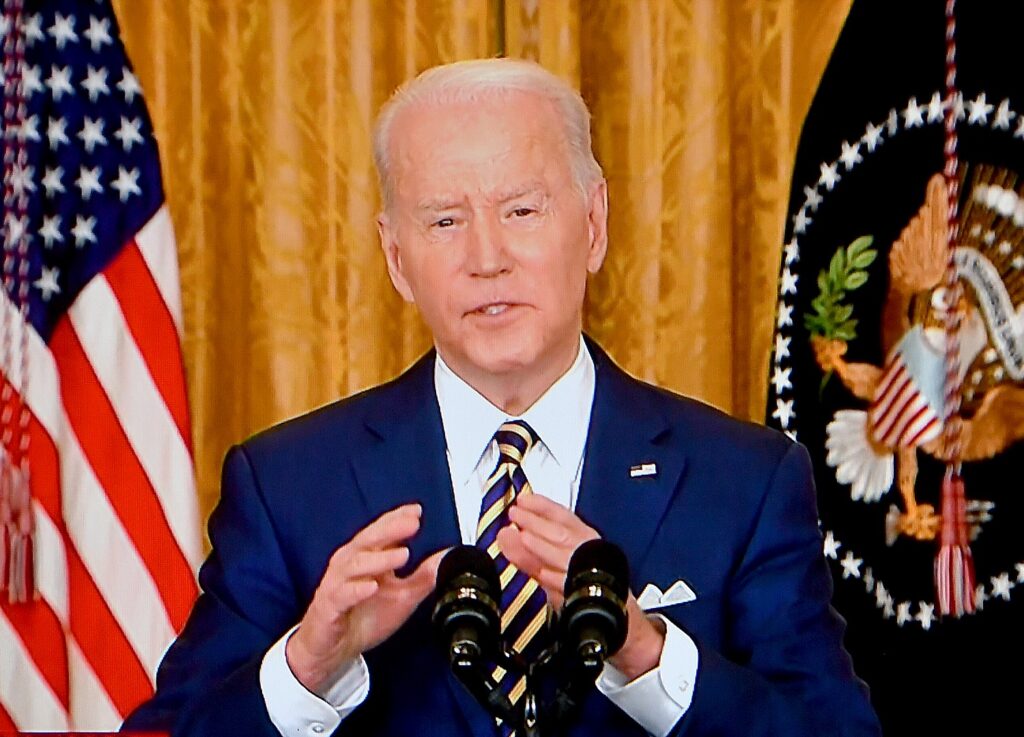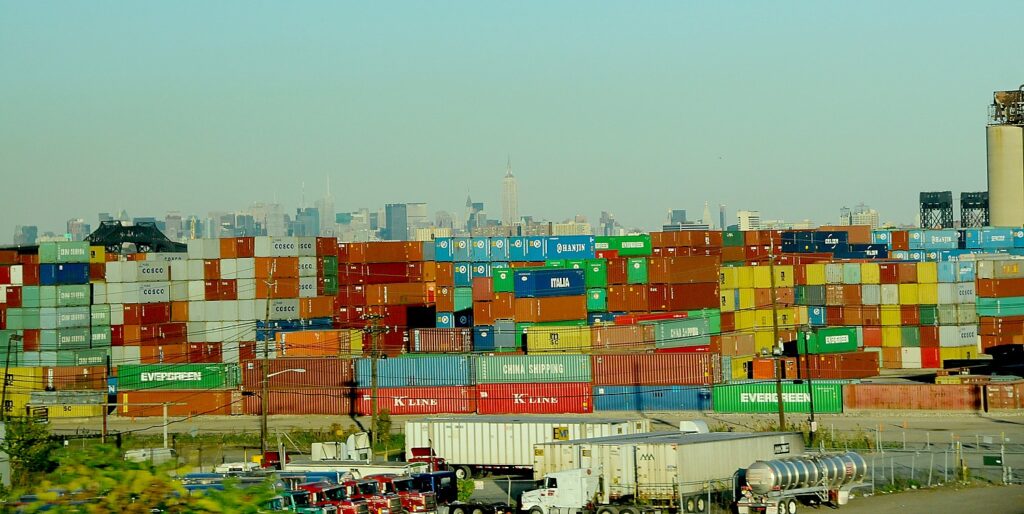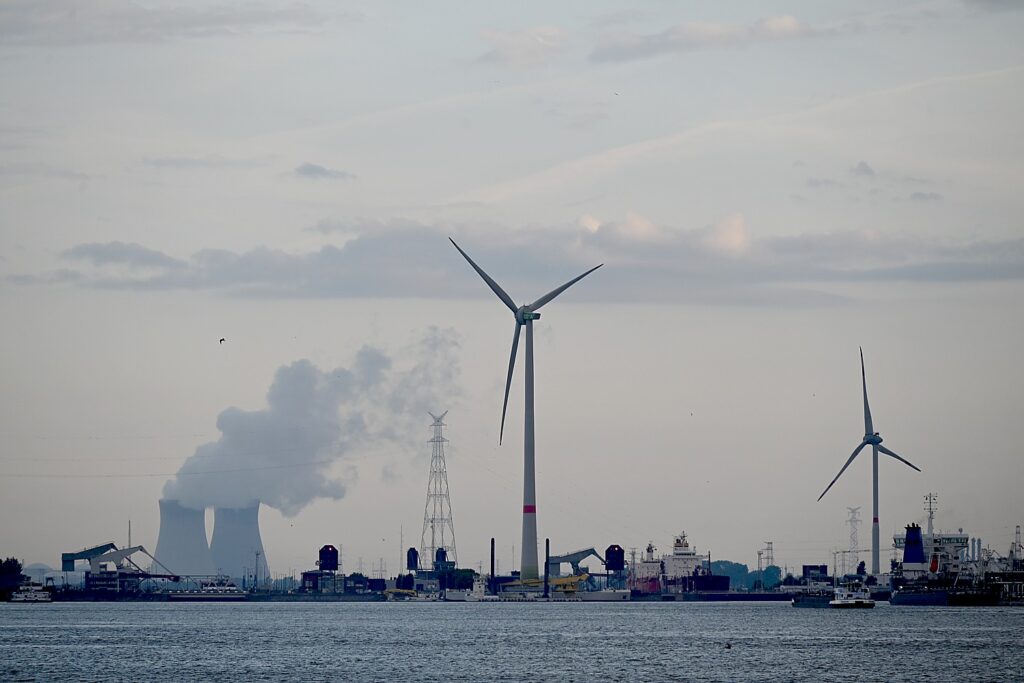
In less than two years since taking office, President Biden’s leadership to tackle the climate crisis has boosted U.S. manufacturing and deployment of cost-cutting clean energy technologies, put the country on a durable path aligned with limiting warming to 1.5 °C, and galvanized global action by partners and the private sector – building unprecedented momentum towards achieving critical climate goals and strengthening global resilience. As more than a hundred countries gather for the 27th Conference of the Parties to the U.N. Framework Convention on Climate Change (COP27) in Sharm el-Sheikh, Egypt, the United States will work with partners to enhance global ambition to accelerate growth of the clean energy economy, avert the most catastrophic impacts of climate change, and help lower- and middle- income countries build resilience to climate impacts. In fact, the President has pledged to work with Congress to increase U.S. international climate finance to over $11 billion a year – which would make the United States the single largest contributor of climate finance. These actions are key to strengthening global security – including energy, water, food, and health security – which has been made all the more urgent following Russia’s war against Ukraine that has disrupted energy markets, strained economies with rising prices, and threatened vulnerable countries with severe food shortages.
At COP27 and beyond, the United States will encourage countries – particularly major economies – and the private sector to not only implement existing commitments and goals, but to also enhance commitments and goals to help close the gap between current pledges and what the latest science tells us is urgently needed. And the United States will also encourage the international community to accelerate vulnerable countries’ ability to implement adaptation efforts. Through the President’s Emergency Plan for Adaptation and Resilience, PREPARE, the United States is rapidly increasing its support of adaptation and resilience programming to help more than half a billion people in developing countries adapt to and manage the impacts of climate change.
On November 11, President Biden will be at COP27 to build on efforts by the United States to accelerate growth of an equitable clean energy economy that will cut consumer energy costs, reduce global greenhouse gas emissions, advance the global climate fight, and help the most vulnerable build resilience to climate impacts. The United States is leading by example at home and abroad:
- Leading at Home by Taking the Most Ambitious Climate Actions in U.S. History. The President is delivering on his day one promise by positioning the United States to achieve our ambitious goals of reducing emissions 50-52% below 2005 levels in 2030 and to net-zero by 2050 through a series of unprecedented climate actions. These actions will not only reduce emissions, but will bolster energy security, help families save money on their energy bills, create good-paying jobs for workers and spur a new era of clean American manufacturing, advance environmental justice, and ensure healthier air and cleaner water for communities. Key actions include passing the Inflation Reduction Act and Bipartisan Infrastructure Law (BIL), ratifying the Kigali Amendment to the Montreal Protocol, tackling super-pollutants like methane, leveraging the purchasing power of the federal government, advancing decarbonization across all sectors, ensuring the clean energy transition benefits disadvantaged communities, and spurring innovation and supporting a new era of clean American manufacturing.
- Supporting Vulnerable Countries in Building Resilience to Current and Future Climate Impacts by implementing the President’s Emergency Plan for Adaptation and Resilience (PREPARE). PREPARE aims to accelerate the ability of developing countries to adapt to and manage the impacts of climate change by preparing knowledge, plans, programs, finance, and private capital for adaptation and resilience efforts. Nineteen U.S. Federal agencies and departments are committed to working with partner countries to help them build resilience to climate impacts on food systems, water, infrastructure, health, and the economy.
- Leading Global Efforts to Keep the 1.5 °C Goal within Reach. We are implementing the President’s major initiatives and priorities to accelerate global climate action. This includes the Plan to Conserve Global Forests, mobilizing climate finance through the Partnership for Global Infrastructure and Investment (PGII), advancing implementation of the Global Methane Pledge (GMP), decarbonizing transportation (e.g., zero emissions vehicles, shipping, and aviation), accelerating innovation in and deployment of clean energy technologies, and enhancing food security.
LEADING AT HOME BY TAKING THE MOST AMBITIOUS CLIMATE ACTIONS IN U.S. HISTORY
- The Inflation Reduction Act is by far the most ambitious climate and clean energy legislation in U.S. history, with $370 billion for building a clean energy economy, cutting consumer energy costs, combating the climate crisis, advancing environmental justice, and enhancing climate resilience. The Inflation Reduction Act is expected to more than double U.S. clean energy production (e.g., solar, wind, battery storage, and more), save families hundreds of dollars per year on energy costs, and create millions of good-paying jobs, all while reducing greenhouse gas emissions by about 1 gigaton in 2030 – 10 times more climate impact than any other U.S. legislation ever enacted. This law also leans in on ensuring communities are prepared for climate impacts already here, by funding coastal resilience, drought, and tools to help communities make science-backed decisions.
- The Bipartisan Infrastructure Law (BIL) delivers record support for upgrading the power grid to transmit more clean energy and withstand extreme weather, building a nationwide network of electric vehicle chargers, expanding public transit and passenger rail, investing in drought and wildfire preparedness, and cleaning up legacy pollution.
- Bipartisan Senate Ratification of the Kigali Amendment to the Montreal Protocol and helping to phase down global production and consumption of hydrofluorocarbons (HFCs), super-polluting chemicals that are hundreds to thousands of times more powerful than carbon dioxide while also spurring growth in domestic manufacturing jobs in making HFC alternatives, where American companies are already leading the way. As more countries join the United States in ratifying this amendment, we can prevent up to half a degree Celsius of warming this century.
- Tackling super-pollutants like methane through implementation of the comprehensive U.S. Methane Emissions Reduction Action Plan and measures in the Inflation Reduction Act and BIL covering the oil and gas industry, agriculture, buildings and addressing abandoned mine lands, and orphan oil and gas wells – a source of toxic pollution and methane emissions.
- Leading by example through the Federal Sustainability Plan to reduce emissions across 300,000 buildings, 600,000 vehicles, and $650 billion in annual purchasing power, and launching new initiatives like the Federal Buy Clean Initiative to spur private-sector commitments to reduce industrial emissions and the White House-HHS Health Care Sector Climate Pledge, which has secured aligned commitments from more than 100 health systems and industry organizations committed to resilience and decarbonization.
- Addressing Climate Related Financial Risk to the federal government, real economy, and financial system by refining approaches and tools to assess fiscal risk in the President’s budget, conducting sensitivity analysis to federal programs, and undertaking macroeconomic risk analysis as well as through leadership from U.S. independent financial regulators improving their understanding and management of these risks, for example through the proposed climate disclosure rule by the Securities and Exchange Commission and the OCC’s and FDIC’s proposed principles on climate-related financial risk management for large banks.
- Taking decisive action to decarbonize all key sectors – including power, transportation, buildings, industry, and lands and waters:
- Power Sector Deployment – securing historic clean power investments that will more than double wind, solar, and battery storage deployment; jumpstart the American offshore wind industry; support hydrogen infrastructure; fast-track the process for permitting and deploying clean energy and transmission projects.
- Clean Energy Research – through the recently launched Net Zero Gamechangers Initiative, driving the major innovation breakthroughs that we know the world needs to solve the climate crisis by addressing the toughest remaining technological challenges and cost hurdles in key sectors, and rapidly advance solutions to help achieve our climate and economic competitiveness goals. Billions of dollars have been committed to coordinate research so far on six key areas: hydrogen, long-duration energy storage, carbon dioxide removal technologies, floating off-shore wind, advanced geothermal, and industrial heat.
- Transportation – securing the largest investments ever in public transportation, passenger rail, an electric vehicle (EV) charging network, hydrogen infrastructure, and battery supply chains; rallying automakers and autoworkers around an electric transportation future, by setting a national target of 50% electric vehicle sales share in 2030, spurring more than $85 billion of investment in American manufacturing of EVs, batteries, and chargers, and launching the American Battery Materials Initiative; finalized strongest passenger vehicle standards in American history to increase average fuel economy to 49 miles per gallon – reducing emissions and savings drivers money at the pump; and advancing cleaner transit, shipping, and aviation; launching the Sustainable Aviation Fuel (SAF) grand challenge to achieve a minimum of a 50% reduction in life cycle greenhouse gas emissions compared to conventional fuel and supply sufficient SAF to meet 100% of aviation fuel demand by 2050.
- Buildings – making historic investments in energy efficient homes and decarbonization, with more than $1 billion to expand weatherization and incentivize electrification, with more than $1 billion to expand weatherization and incentivize electric appliance and efficiency upgrades that will lower energy bills and emissions; updated energy-saving appliance and equipment standards to save households an average of $100 a year; accelerate next-generation clean building technologies.
- Industrial – launched a breakthrough “Buy Clean” initiative leveraging federal standard setting and procurement and secured historic investments to reduce industrial emissions, including support for clean hydrogen, carbon capture, and cleaner industrial facilities for steel, iron, cement and other energy-intensive materials; and advanced manufacturing processes.
- Lands and Waters – secured historic investments to enlist nature-based solutions in the fight against climate change with over $20 billion in the Inflation Reduction Act to support climate-smart farmers, ranchers, and forest landowners and the BIL support for climate resilience and ecosystem restoration; launched new initiatives to support conservation and carbon sequestration, including the America the Beautiful initiative to conserve 30 percent of U.S. lands and waters by 2030; and issued an Executive Order on strengthening America’s forests.
- Power Sector Deployment – securing historic clean power investments that will more than double wind, solar, and battery storage deployment; jumpstart the American offshore wind industry; support hydrogen infrastructure; fast-track the process for permitting and deploying clean energy and transmission projects.
- Ensuring the clean energy transition benefits disadvantaged communities by implementing the Justice40 Initiative to deliver 40% of overall benefits from federal investments in climate and clean energy to disadvantaged communities that are marginalized, underserved, and overburdened by pollution.
- Investing in economic revitalization of coal communities by creating the Interagency Working Group on Coal and Power Plant Communities and Economic Revitalization, chaired by the White House and including eleven federal agencies, dedicated to increasing federal investment in land remediation and reclamation, economic diversification, and workforce training strategies for displaced fossil energy workers in diverse communities across the U.S.; and by directing significant new resources to fossil energy communities through the BIL and Inflation Reduction Act.
- Spurring innovation and supporting a new era of clean American manufacturing by passing the CHIPS and Science Act, using trade policy and Buy Clean actions to incentivize low-carbon production of key materials like steel, and invoking the Defense Production Act for five critical clean energy technologies.
LEADING GLOBAL EFFORTS TO SUPPORT VULNERABLE COUNTRIES IN BUILDING RESILIENCE TO CURRENT AND FUTURE CLIMATE IMPACTS
- Scaling up U.S. public finance for climate adaptation and resilience by advancing President Biden’s commitment to work with Congress to increase U.S. international climate adaptation finance to $3 billion a year by 2024, a six-fold increase from the highest historical funded level.
- Helping more than half a billion people in developing countries adapt to and manage the impacts of climate change through ambitious efforts outlined in a whole-of-government PREPARE Action Plan by:
- Responding to the UN Secretary-General’s call to ensure “Early Warning for All” by 2027 and increasing co-production and use of climate information;
- Equipping the decision-makers of today and tomorrow with the skills, knowledge, networks, and outlook needed to adapt to climate impacts;
- Building capacity to mainstream adaptation into policies, programs, and budgets and to support locally led adaptation;
- Improving partner governments’ ability to assess, plan for, and implement programs that increase resilience to the impacts of climate change on food security, water, health, and infrastructure;
- Increasing the amount and quality of finance that accelerates climate adaptation and resilience and supports gender-responsive, locally-led adaptation;
- Assisting partner governments to assess, plan, and budget for adaptation costs, and scale up financing in all sectors;
- Facilitating increased investment from the philanthropic and private sectors to advance adaptation and resilience in climate-vulnerable partner countries; and
- Increasing and enhancing the use and effectiveness of disaster risk financing tools to support climate resilience.
- Responding to the UN Secretary-General’s call to ensure “Early Warning for All” by 2027 and increasing co-production and use of climate information;
LEADING GLOBAL EFFORTS TO KEEP THE 1.5 DEGREE GOAL WITHIN REACH
- Executing the President’s Plan to Conserve Global Forests by working to help drive progress forward in each of the Plan’s four key objectives since President Biden launched the Plan at COP26, including building a whole-of-government approach to deliver on this ambitious, decade-long plan to support global efforts to halt and reverse deforestation by leveraging a range of diplomatic, policy, and financing tools. The United States will continue this leadership through Special Envoy for Climate John Kerry’s co-Chairing of the Forest Climate Leaders Partnership, working alongside over 20 governments who are committed to advancing key actions and initiatives and acting to halt and reverse global deforestation by 2030.
- Rapidly innovating and deploying clean energy solutions by bringing together the global community for the first-ever Global Clean Energy Action Forum in Pittsburgh last September, anchored by the Clean Energy Ministerial (CEM) and Mission Innovation (MI). Together, 34 countries and stakeholders from the entire energy ecosystem of government, businesses, innovators, civil society, and youth around the world gathered to take action on the clean energy transition and enhance investment including the launch of the Zero-Emissions Government Fleet Declaration, regional hydrogen hubs, and new funding in carbon management programs.
- Scaling up climate finance by advancing President Biden’s commitment at the 2021 UN General Assembly to work with Congress to increase U.S. international climate finance to over $11 billion a year by requesting the funds and authorities necessary to achieve this goal in his Fiscal Year 2023 Budget Request. Recognizing that catalyzing private investment will be critical to reaching the scale of resources that will be required, the United States is also focused on using our finance in innovative ways, including to unlock the much larger sums of private finance that will be needed. These efforts are integral to the Partnership for Global Infrastructure and Investment, which has climate and energy security as one of its central pillars. For instance, the United States recently made a $950 million loan contribution to the Clean Technology Fund which will support MDB efforts to help key emerging market countries accelerate coal transition, which is expected to catalyze billions in private finance. The multilateral development banks (MDBs) are also a key part of our strategy for scaling up climate finance to support climate action in developing countries. The United States is leading the charge in encouraging the MDBs to both increase their climate finance and make it more accessible to recipients. These actions would help the MDBs build on their all-time-high of $66 billion in climate finance provided in 2020, with $38 billion going to low- and middle-income economies. USAID is also engaging directly with private sector partners to mobilize finance at scale using our grants and technical assistance to provide risk-sharing for investment in critical climate solutions, as well as building the pipeline for bankable projects.
- Advancing the Global Methane Pledge (GMP) by building a coalition that now includes over 130 countries committed to reduce global anthropogenic methane emissions at least 30 percent below 2020 levels by 2030, as called for in the Global Methane Pledge that President Biden and European Commission President Von der Leyen launched at COP26. To achieve the fastest and deepest methane reductions, President Biden announced a new GMP Energy Pathway focusing on fossil energy methane emissions at the June 2022 Major Economies Forum on Energy and Climate (MEF), alongside the European Union and 11 other countries. The Energy Pathway mobilizes new policies, projects, technical assistance, and investment resources to dramatically reducing flaring, venting, and leakage of methane from fossil energy operations. Achieving the full methane mitigation potential in this sector could avoid 0.1°C warming by midcentury and would boost global energy security by preventing the waste of 260 billion cubic meters of gas per year—equivalent to over one-third of Russia’s annual gas production.
- Accelerating Zero-Emissions Vehicle (ZEV) Deployment by building a growing coalition of countries committed to a collective 2030 goal of ZEVs comprising 50% of new light-duty vehicle sales by 2030, to include battery electric, fuel cell electric, and plug-in hybrid vehicles. In addition to the United States, the coalition includes Canada, Chile, the European Commission, France, Germany, Italy, Mexico, Norway, and the United Kingdom.
- Advancing Agriculture Innovation Mission for Climate (AIM for Climate), launched at COP26 by the United States and the United Arab Emirates. AIM for Climate and its growing network of over 275 partners seek to drive more rapid and transformative climate action by increasing investment and support for climate-smart agriculture and food systems innovation. AIM for Climate achieved its goal of doubling the total increased investment mobilized by its partners from $4 billion announced at COP26 to over $8 billion at COP27, which includes over $1 billion from 30 partner-led innovation sprints. The United States has also announced plans to host the AIM for Climate Summit on May 8-10, 2023 in Washington, DC.
- Expanding the First Movers Coalition launched by President Biden and the World Economic Forum at COP26. The First Movers Coalition is the flagship U.S. public-private partnership to commercialize clean technologies through advance purchase commitments. Its corporate members have pledged $10 billion, the world’s strongest demand signal, for bringing emerging innovations to scale. On its first anniversary, the First Movers Coalition has grown to more than 60 companies, representing more than 10% of the global Fortune 2000 by market value, as well as ten governments. Each member company has made unprecedented purchasing commitments by the end of this decade in order to drive investment in next-generation clean steel, aluminum, and cement; near-zero carbon aviation fuels; zero-emission trucking and shipping; and carbon dioxide removal. These commitments will drive down the green premium of emerging technologies and bring competitive technologies to market this decade that are needed to decarbonize so-called “hard-to-abate” sectors of the global economy that produce a third of global emissions.
- Demonstrating Clean Energy Technologies by rallying sixteen partner countries to collectively mobilize $94 billion in public funding to build commercial-scale demonstration projects that the IEA says are needed this decade to achieve net-zero emissions by 2050 – meeting a challenge that President Biden issued to other world leaders at his June MEF. Partners that joined the President in announcing contributions earlier this year included Australia, Canada, European Commission, Finland, France, Germany, Japan, the Netherlands, Norway, Poland, the Republic of Korea, Singapore, Sweden, United Arab Emirates and the United Kingdom.
- Bolstering Climate & Food Security, including through President Biden’s September 2022 announcement at UNGA of over $2.9 billion in new U.S. assistance to address global food insecurity stemming from climate change, COVID-19, and Russia’s unprovoked and ongoing war against Ukraine, which builds on the $6.9 billion in U.S. government assistance to support global food security already committed this year. The United States is providing additional funding to the Global Agriculture and Food Security Program, the African Development Bank, and the International Fund for Agricultural Development that will promote climate resilient food systems. Following President Biden’s call to action at the June 2022 Major Economies Forum, at COP27 the United States and partners will announce funding commitments to the Global Fertilizer Challenge to advance fertilizer efficiency and reduce the impact of shortages on food security.

